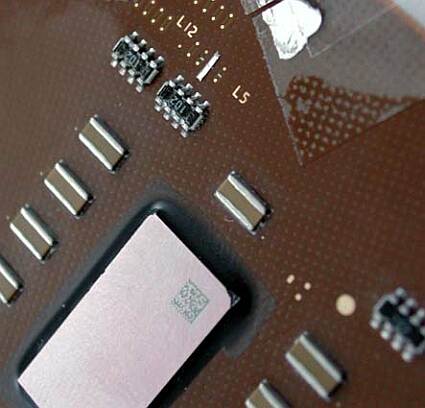AthlonXP Underclocking for a Low-Power Fix
The AthlonXP At 4.5 Watts

With all the fuss about the enormous power losses oozing from the Pentium 4 Prescott, there's little word about the power needs of AMD's processors. Of course, Cool and Quiet means that the 64 bit processors can be slowed down if needed and thus rarely become really hot. No modern desktop processors are really easy to please, however. Unless, of course, you are prepared to accept unusually low clock speeds.
All told, in fact, a processor speed that is slower than 1 GHz is more than enough for surfing the Web, running standard office applications and performing simple audio/video tasks. It's thus no accident that mobile processors reduce the work cycle at low load for these tasks.
Indeed, there are also numerous applications where performance is not the most important factor. Intel, for example, dreams of the "digital home," yet only delivers components that would last long without active cooling controls. So why does a media center designed for living-room use need to burn up 100 watts and then make a racket with its fans to boot?
Around 800 MHz, for example, is sufficient for entertainment needs, as tests with an Xbox showed. Here we mean playing Full-PAL videos in MPEG-2, DivX or XviD. And MP3 audio makes less demands anyway. However, if you require real-time encoding for fast video recording, you will need more pizzazz. Slower PCs are also useful as network slaves, taking on the functions of file and print servers, routers or access points, for example. These are usually in operation round the clock, so the quieter the better.
AMD's AthlonXP and the Sempron make perfect guinea pigs for this project, which essentially involves tricking the BIOS to make the processors run like a mobile AthlonXP. This involves opening the multipliers , which only these processors allow.
Get Tom's Hardware's best news and in-depth reviews, straight to your inbox.
Current page: The AthlonXP At 4.5 Watts
Next Page Applications For Quiet Computers